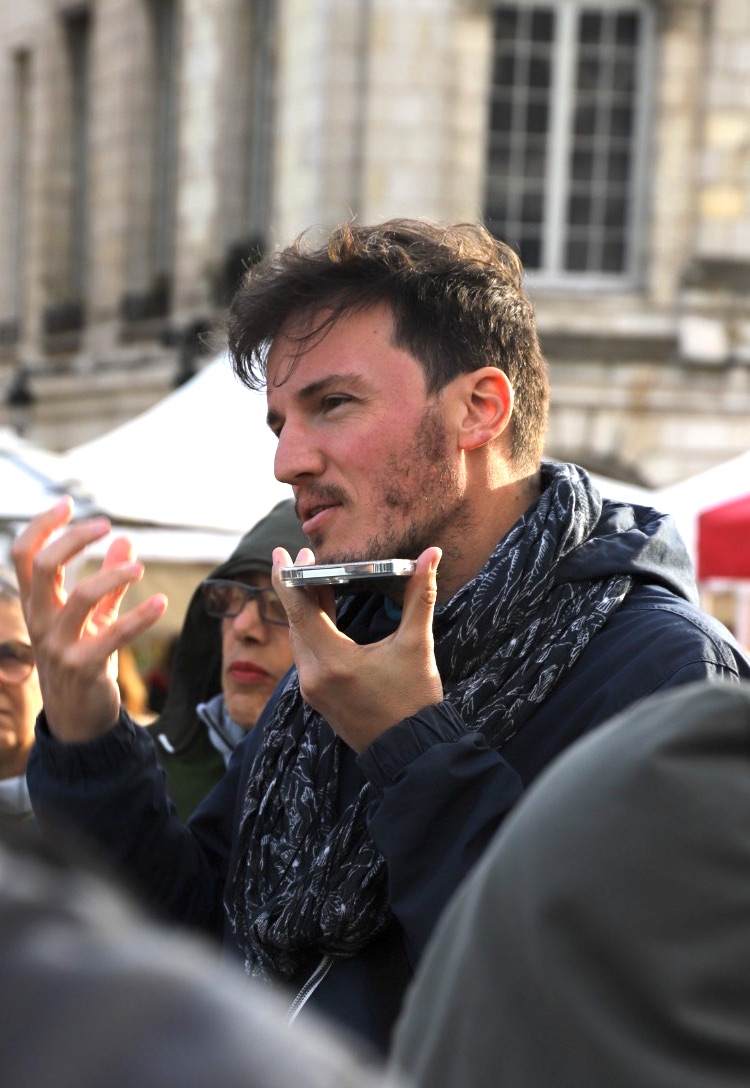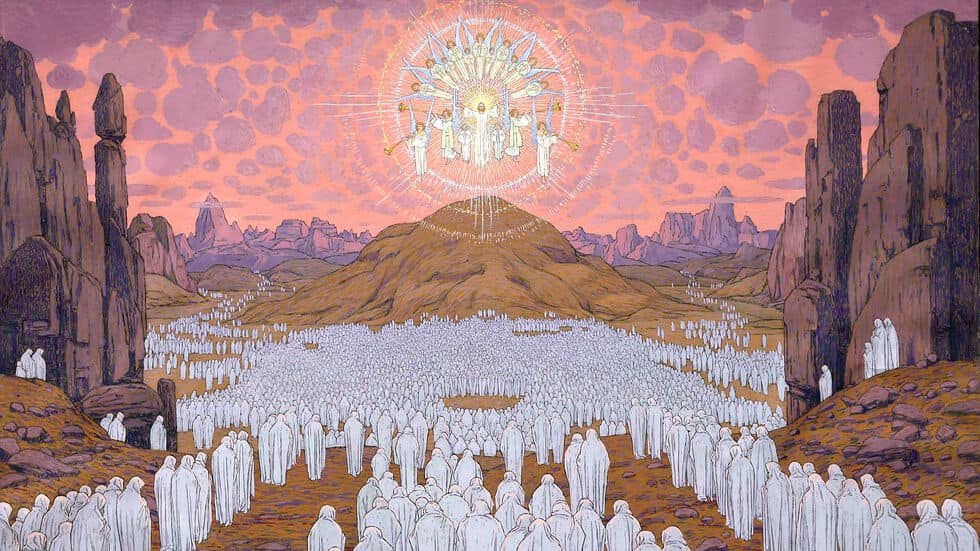The Grail Castle
- Giorgio Tarditi Spagnoli
- Mar 8
- 3 min read
For Rudolf Steiner, "authentic" Freemasonry, that is, Freemasonry that does not derive from the original betrayal of the Initial Secret, is clearly the "occult" Freemasonry, that is, the Egyptian Freemasonry, especially embodied in the figure of Cagliostro and at an even higher level by his Master St. Germain, who is none other than the 18th-century reincarnation of Christian Rosenkreutz.
Indeed, as Werner Greub writes, in How the Grail Sites Were Found, Willehalm Institute Press (2013), the garden around the Hermitage Castle in Arlesheim, the system of caves in which tradition has it that St. Odilia lived with her disciples, was built on the basis of Cagliostro's esoteric knowledge. Indeed, Cagliostro traveled to the Basel region several times: here in 1762, in the Swiss municipality of Riehen, the so-called Glöcklihof Pavilion-Cagliostro was built under Cagliostro's direction, the headquarters of the Osiris Lodge of his Egyptian Freemasonry.
In addition, his wife Serafina established a firm friendship with Balbina von Andlau the owner of Birseck Castle, which dominates the hill above Arlesheim. Balbina had the so-called English Garden built on the land around Birseck Castle. It was designed by the painter Philip James de Loutherbourg (1740-1812), who was instructed by Cagliostro himself during his stay in London. They conceived an initiatory path in the caves, which were consecrated to various deities such as Apollo, Diana and Proserpine. At that time the area became very famous due to Cagliostro's influence.
Originally the garden was used as a refuge for some Irish monks. Odilia (662-720) of Hoehnbourg took refuge in these caves, being initiated into the mysteries of esoteric Christianity by the monks themselves. Odilia was the daughter of the Duke of Alsace, who was of the pagan religion. She was born blind but at the time of her baptism regained her sight, with this indicating that the Pagan Mysteries had now been completely obscured and that only Christ could now restore the light. Later Odilia returned to Alsace where she founded a monastery on Mont Sainte-Odile or Odilienberg, from where she "radiated Christian light into the ancient pagan darkness."
Steiner was aware of all these connections with the spiritual current of esoteric Christianity and the Rosicrucian current represented by Cagliostro when he was given the Dornach hill where he finally had permission to build the Goetheanum: this would also result from private conversations. All this was documented by Grail scholar Werner Greub, in a book capable of lifting the veil on the question of the historicity of the Grail cycle thanks to the precise astronomical indications given by Wolfram von Eschenbach himself, in turn taking up the Kyot, whom Steiner believed to be a real existent personality.
On this basis, Steiner would identify the Hermitage as a sacred Celtic site near the Munsalvaesche, the Grail castle described by Wolfram von Eschenbach, which would therefore not be the Montsegur of the Cathars. It was here that Parsifal, searching for the Grail Castle, had his meeting of fate with his uncle Trevrizent and Sigune, who lived as hermits in caves in the area. So the complex of Castle Birseck, the Hermitage and the Goetheanum form a mystery geography along which an axis passes from the Ancient to the New Mysteries: from the caves of Cagliostro dedicated to the gods, the Spirits of the Planets, the Elohim, to the hill of the Goetheanum dedicated to Christ.
In particular, the cave of Apollo is the cave of the encounter between Parsifal and Trevrizent, which acts as a Tholos, that is, an initiatory cave capable of letting light through at certain times of the year, exactly as was the case with the Malsch Temple and the Stuttgart Temple, in which light struck the column of Saturn at 9:00 a.m. on the spring equinox, and then struck all the columns up to that of Venus.
Also peculiar is the parallelism between the 12 Apostles' seats in the Arcana Arcanorum quarantine operations, the four highest occult degrees of Cagliostro, and the 12 thrones at the base of the Zodiac columns in the small dome of the First Goetheanum. Steiner had formally acquired these degrees (87th, 88th, 89th, 90th) of the so-called Naples Scale.
Steiner renewed them the Arcana Arcanorum in light of the New Mysteries for the individual work of the Misraim Service. The number 12 is the same as that of the Circle of Twelve to which Rudolf Steiner himself adds. 13, the number of the Sun at the center of the Zodiac, of Christ around the disciples, of the Knights of the Round Table around the Grail, and of the initiation of the Twelve Masters around the Thirteenth, that young man who later incarnated into Christian Rosenkreutz.





Comments